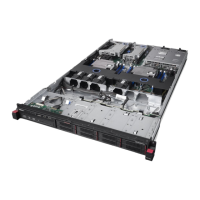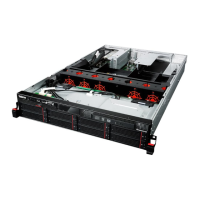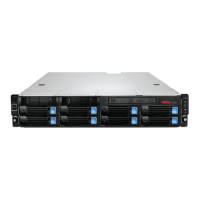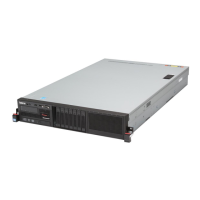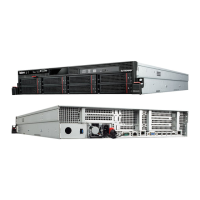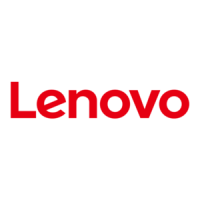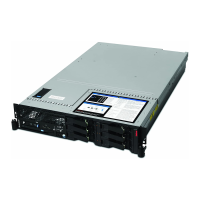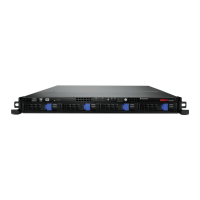Page 16
MegaRAID SAS Software User GuideChapter 1: Overview
| Dimmer Switch Feature
CacheCade – SSD Caching software Guard works by looking for a predictive failure
while monitoring the SDD Self-Monitoring, Analysis and Reporting Technology
(S.M.A.R.T.) error log. If errors indicate a CacheCade – SSD Caching software failure is
imminent, MegaRAID starts a rebuild to preserve the data on the CacheCade – SSD
Caching software and sends appropriate warning event notifications.
1.5 Dimmer Switch Feature Powering and cooling drives represents a major cost for data centers. The new
MegaRAID Dimmer Switch reduces the power consumption of the devices connected
to a MegaRAID controller. This helps to share resources more efficiently and lower costs.
With Dimmer Switch, any unconfigured drive connected to a MegaRAID controller is
spun down after 30 minutes of inactivity, reducing its power usage. Spun down drives
are spun up automatically when you create a configuration using those drives.
1.6 UEFI 2.0 Support Significant challenges face operating system and platform developers to innovate
using the legacy PC-AT BIOS boot environment. These include memory constraints,
maintenance challenges, and increased complexities due to a lack of industry-wide
standards.
To handle these challenges, the Unified Extensible Firmware Interface (UEFI) was
developed to do the following:
Define a clean interface between operating systems and the hardware platform at
boot time.
Support an architecture-independent mechanism for initializing add-in cards.
UEFI 2.0 provides MegaRAID customers with expanded platform support. The
MegaRAID UEFI 2.0 driver, a boot service device driver, handles block IO requests and
SCSI pass-through commands (SPT), and offers the ability to launch pre-boot
MegaRAID management applications through a driver configuration protocol (DCP).
The UEFI driver also supports driver diagnostic protocol, which allows administrators to
access pre-boot diagnostics.
1.7 Configuration Scenarios There are three main scenarios in which you can use the SAS RAID controllers:
Low-end, internal SATA II configurations: In this configuration, use the RAID
controller as a high-end SATA II compatible controller that connects up to eight
disks either directly or through a port expander. This configuration is mostly for
low-end or entry servers. Enclosure management is provided through out-of-band
I
2
C bus. Side bands of both types of internal SAS connectors support the SFF-8485
(SGPIO) interface.
Midrange internal SAS configurations: This configuration is like the internal SATA
II configurations, but with high-end disks. This configuration is more suitable for
low-range to midrange servers.
High-end external SAS/SATA II configurations: This configuration is for both
internal connectivity and external connectivity, using SATA II drives, SAS drives, or
both. External enclosure management is supported through in-band,
SCSI-enclosed storage. The configuration must support STP and SMP.

